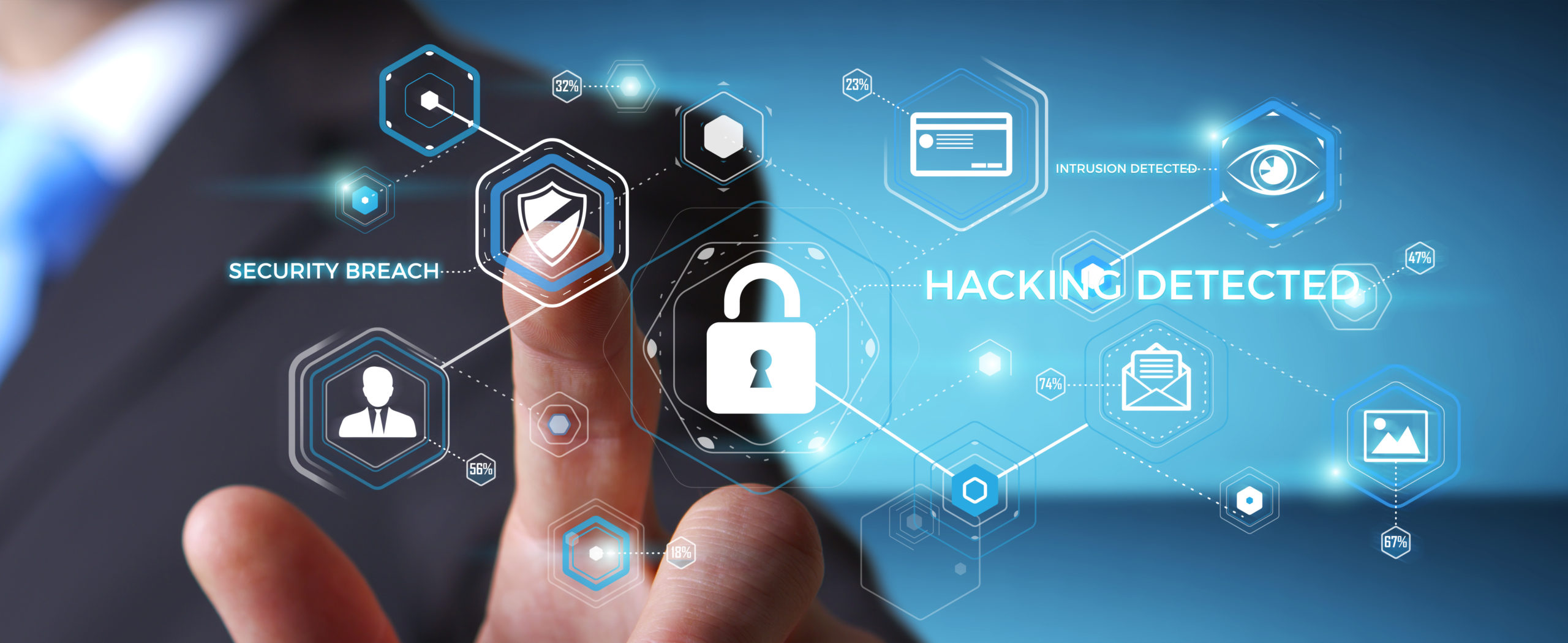Today, there are some rather startling statistics when it comes to the global state of cybersecurity. Stats and figures that are both hair-raising as well as troubling. According to an FBI study, companies are spending a combined amount of $6 trillion per year to shore up their mainframes. Ransomware attacks have increased by over 700%. Email phishing by that same figure. In 2020, there were more than 791,000 complaints filed with the buried — an increase of more than 300,000 from 2019. Reported lost in the US due to cybercrime? $4.2 billion. Bad actors are upping their game, they are getting smarter. Thankfully, so are cybersecurity service providers and SOC teams. In this article, we’re going to talk about two of their most important weapons, SIEM, and Log Management solutions. Particularly, what each is and how they differ.
What are LOGs?
Before we break down what each of those two invaluable tools are, it’s important to understand the one major thing they share, what they have in common, LOGs.
Logs, also known in the business as “event logs,” “audit travels,” and/or “audit records,” are rich and detailed records of everything that happens within a platform or operating system. Not only today but in the past. Your mainframe creates a text message every time you introduce a new WiFi code, go online, visit a site, ping a server, etc.
They are an invaluable source of information about your system and how it performs. Based on these records, you can create a profile of each user and their activity. This is important. Why? It not only means you can trace misconducts, but it also shows you certain habits you can take into account. Like, for example, that one particular user is always forgetting their password.
Network and SOC teams constantly gather logs. Generally, logs that have to do with:
- Changes in user profiles or privileges.
- Opt-ins, and terms and conditions contract tracking.
- Authentication success and failures.
- Access control failures.
- Validation failures.
The main problem with log gathering is that there is simply too much data. On any date, an enterprise can produce hundreds of gigabytes of information and log entries. SOC teams can’t handle that data stream, not only because it’s too big, but because it moves too fast. Here is where log management and SIEM solutions come in.
What is Log Management
Log management is the process by which an organization collects and stores log data generated by an operating system. The tool captures multiple sources and provides a centralized location in which to store said data in.
Log management allows organizations to have data ready for analysis. The system collects, stores, indexes the data, and even gives it a sell-by-date — this means that after a certain time, to free up space, certain data will be deleted.
What are SIEM Solutions
SIEM (Security Information Event Management) is a log management tool focused on giving security teams a complete overview of network activity. They have all the features of a log management system, plus tools that are used solely for security — primarily in three key areas.
- Security Event Management (SEM).
- Security Information Management (SIM).
- Security Event Correlation (SEC).
SIEM in essence collects, analyzes, and ultimately reports to security teams log data that has to do with their purview — cybersecurity. It gives them, through an intuitive dashboard, quick access to your entire organization which allows them to advance their threat detection methods.
Today, as a bonus, these systems have also incorporated machine learning software, close to AI, to automatically draw connections between unrelated events that might indicate a breach.
Difference Between SIEM and Log Management
The main difference is that log management simply collects log data, while SIEM is a security application that understands and analyzes these data streams.
- A log Management system can be used for security purposes, but that’s not what it was made first. It’s too complex and collects too much data.
- SIEM is a fully automated system.
- Log Management requires a handler to scrape through all the data.
- SIEM can employ third-party applications from other vendors to enhance its analysis process.
- SIEM features real-time threat analysis.
- SIEM has a built-in dashboard that has more features than simply collecting historical log data.
- SIEM can access log data from other organizations besides your own and find patterns in all that data.
- SIEM automatically analyses and sandbags potential security threats — and triages them according to their importance.
- SIEM systems are far more robust and dynamic when it comes to detecting security breaches. They employ advanced algorithms that can identify and flag the smallest indicator of a threat. That attention means you can prevent small breaches from transforming into a full-blown cyberattack.
SIEM Vs Log Management
A SOC team will most likely prefer using and employing SIEM solutions and its tools. It gives them real-time threat analysis and more weapons to use to defend your operating system and business. Nonetheless, they will adapt to the solution you want to employ — this depends on your means, your overall digital structure, and your budget.
What’s important is that you have a system in place that can catalog all your logs. Based on them, your SOC specialist, whether they are in-house or a third-party service, can craft a cybersecurity plan based on your needs and your organization.
















